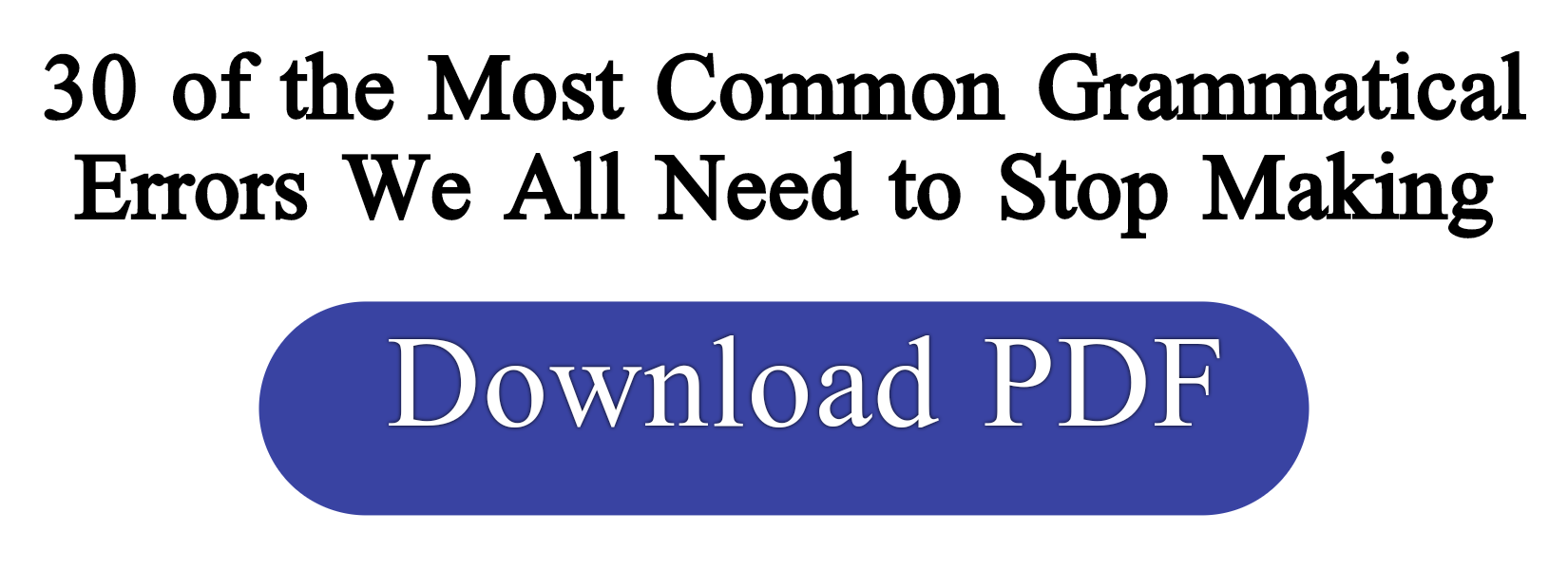Connectors
Objectives:
After the completion of this article/post, you would be able to
explain the connectors.
understand various kinds of connectors used in sentences.
make sentences by using connectors of different types.
Connectors
A. ConjunctionsB. Sentence connectorsC. Subordinators
A. Conjunctions
Conjunctions are the most common form of linking words. They are used to join two parts of a sentence together, generally in the middle of a sentence. There are seven coordinating conjunctions. They are – and, but, so, or, for, nor, yet.
Good teachers work hard and they organize their lecture effectively.
(Independent clause) (conjunction) (independent clause)
B. Sentence Connectors
Sentence connectors are used to link ideas from one sentence to the next and to give paragraphs coherence. Most pieces of formal writing are organized in a similar way: introduction, development of main ideas or arguments; conclusion. Linking words and phrases join clauses, sentences and paragraphs together.
Sentence connectors perform different functions and are placed at the beginning of a sentence.
They are used to introduce, order, contrast, sequence ideas, theory, data, etc.
Functions of the Sentence Connectors:
1. Connectors used to mean the sequence or chronology of events:
First, firstly, at first, in the first place, at the beginning, in the beginning, to begin with
Second, secondly, third, thirdly, fourth, fourthly, etc.
In between, in the middle of
In the end, at the end, lastly, at last, finally, to sum up, in conclusion, last but not the lest
Next, afterwards, after that, then
Example:
In order to open a bank account, you have to follow some steps. First you have to collect a form from the bank. Then you have to fill up the form accordingly. After that you need to submit the form to the manager. Finally the manager will give approval to open a bank account for you.
Examples:
Both Hasan and Habib obtained the same grade.
Either she or her brother came here yesterday.
I will neither go nor ask anybody to go there.
He as well as his father will come tomorrow.
He is a meritorious student. In addition, he is good player.
Examples:
He is an expert in a number of areas such as mathematics, physics, chemistry, medicine, etc.
There are a lot of benefits of early rising. For instance, one can inhale fresh breath.
Examples:
He studied hard but he failed.
The government has increased salary of employees. On the other hand/on the contrary it has increased the rate of tax on income.
In spite of being a regular student, she could not pass in the examination.
Hasan is very hardworking person, whereas his brother is lazy.
Examples:
He is taller than his elder brother.
She is an expert in computer technology. Likewise, she has expertise in mobile technology too.
She is as beautiful as a doll.
She dressed in the same way her mother liked.
Examples:
I don’t know why she is crying.
I could not go to the office because my mother was sick.
I am not attending your party tonight as I will be flying tonight.
For Examples:
The electricity has gone out. So we have to wait until it comes again.
He did not attend the classes regularly. Therefore, he got not marks is attendance.
I don’t have the habit of getting up in the morning. As a consequence, I fall sick often.
Examples:
I keep the door open so as to let fresh air enter into the room.
The boy is studying hard so that/in order that he can do well in the examination.
He ate as many ice-cream as he could.
Examples:
If you call me, I will come to help you.
Study hard or/otherwise you have to face difficulty in the examination.
Wait here until/till I come back.
The singer has agreed to perform in the concert provided that a good amount of money will be given.
Examples:
She is a writer. At the same time she is a singer.
They had arrived at the station before the rain started.
She wanted to know where I come from.
As soon as the singer came on the stage, the audience applauded.
Examples:
He is good at Mathematics, English, Physics, and other subjects. Above all he is a brilliant student.
We have three English teachers, two Bengali teachers, and four Science teachers. In total we have nine teachers at our college.
He has established a school in the village. He helps people at the time of natural disasters.
He donates money to poor students. In brief, he is a very kind hearted man.
Examples:
She was eating and watching television at the same time.
When you called me yesterday; I was watching cricket at that time.
I entered into the meeting room at 10:45 am. Mean while the issues had been settled.
Examples:
I know the person who came here last night.
This is the book which I need.
I will give you whatever you want.
Examples:
You should rather wait than go now.
I am not sure whether you are coming or not.
Examples:
He speaks as if he knew everything.
She can write like her father does.
We need such students as are hard-working.
Write as I asked you.
Subordinators are linking words that are used to join clauses together. They are used as the beginning or in the middle of a sentence. Subordinators connect elements of unequal importance. One clause is not as strong as the other.
Example
Even though the train was late, I got the exam on time.
Dependent clause Independent clause
Common subordinators
Below are some examples of commonly used subordinators:
Identify the connectors used in the following passage.
Persuasion is the art of convincing someone to agree with your point of view. According to the ancient Greek philosopher Aristotle, there are three basic tools of persuasion such as ethos, pathos, and logos. Ethos is a speaker’s way of convincing the audience that s/he is a credible source. An audience will consider a speaker credible if s/he seems trustworthy, reliable, and sincere. This can be done in many ways. For example, a speaker can develop ethos by explaining how much experience or education s/he has in the field. After all, you would be more likely to listen to advice about how to take care of your teeth from a dentist than a firefighter. A speaker can also create ethos by convincing the audience that s/he is a good person who has their best interests at heart. If an audience cannot trust you, you will not be able to persuade them. Pathos is a speaker’s way of connecting with an audience’s emotions. For example, a speaker who is trying to convince an audience to vote for him might say that he alone can save the country from a terrible war. These words are intended to fill the audience with fear, thus making them want to vote for him. Similarly, a charity organization that helps animals might show an audience pictures of injured dogs and cats. These images are intended to fill the viewers with pity. If the audience feels bad for the animals, they will be more likely to donate money. Logos is the use of facts, information, statistics, or other evidence to make your argument more convincing.
An audience will be more likely to believe you if you have data to back up your claims. For example, a commercial for soap might tell you that laboratory tests have shown that their soap kills all 7,000,000 of the bacteria living on your hands right now. This piece of information might make you more likely to buy their brand of soap. Presenting this evidence is much more convincing than simply saying “our soap is the best!” Use of logos can also increase a speaker’s ethos; the more facts a speaker includes in his argument, the more likely you are to think that he is educated and trustworthy. Although ethos, pathos, and logos all have their strengths, they are often most effective when they are used together.
Answer key:
Such as, and, that, if, and, for example, after all, also, that, who, if, for example, who, that, thus, similarly, that, and, if, or, if, for example, that, also, that, although, when










